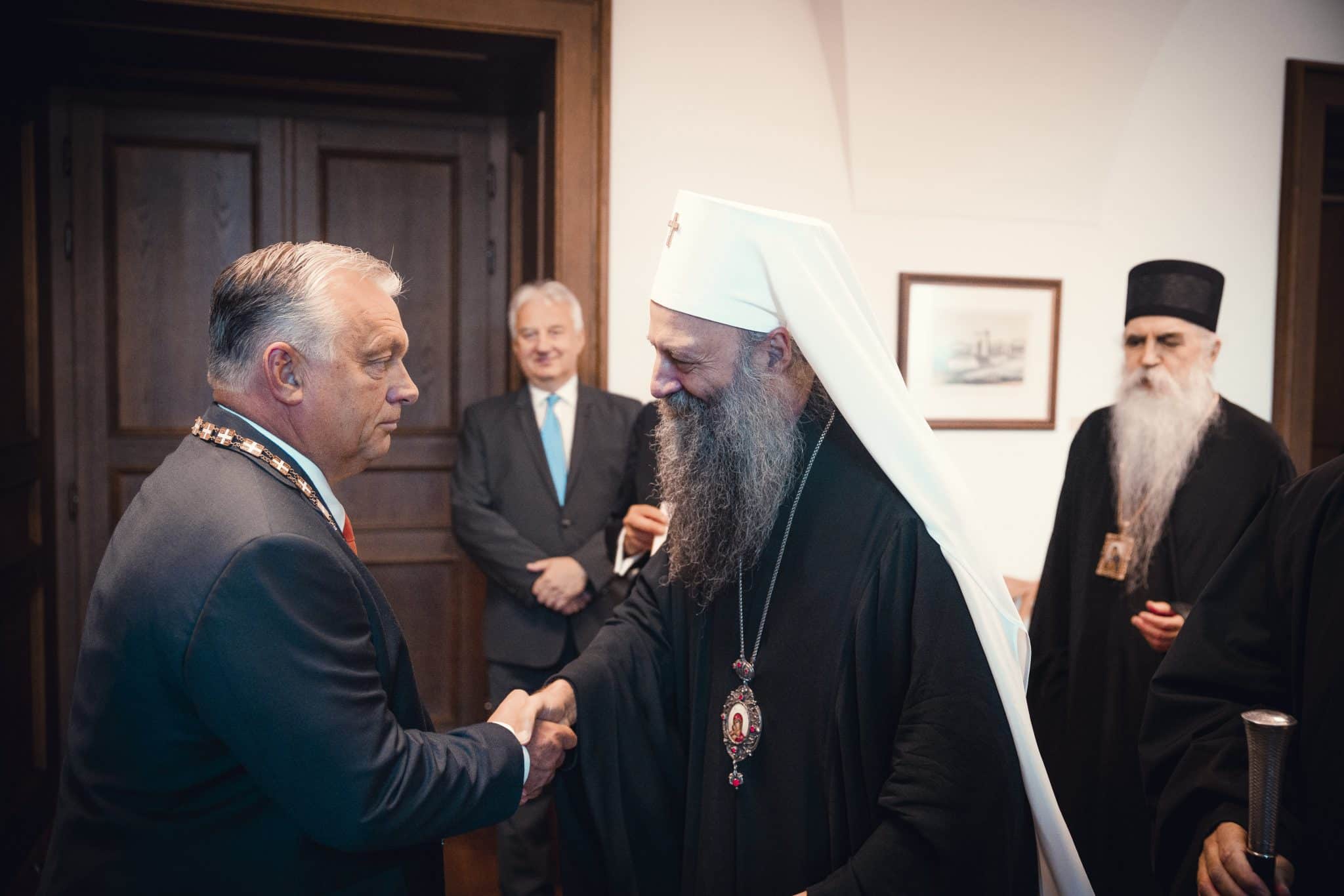The gesture is on the occasion of the 200th anniversary of Bonaparte’s death
Russia returns to France the remains of General Charles-Étienne César Gudin de La Sablonnière (13 February 1768 – 22 August 1812), who fought in 1812 with Emperor Napoleon I near Smolensk, TASS reported. Negotiations between Moscow and Paris lasted for two years. The ceremony marked the 200th anniversary of Napoleon’s death on May 5, but a later date was set for the pandemic.
The general’s bones were discovered by archaeologists in 2019. Since his death on August 22, 1812, his tomb has been considered unknown. The remains were identified by the missing left leg, detached from a Russian cannonball. After he was wounded, doctors struggled for three days to save his life by amputating the rest of his left leg. But he died of gangrene at the age of 44. His heart was then removed from the field hospital to be buried in the Pere Lachaise Cemetery in Paris. His body remained unknown to historians, and two years ago his skeleton was found buried in a municipal park in Smolensk.
The Battle of Valutino, as the French call it after a nearby village (for the Russians it is the Battle of Lubino, after another village) took place on August 19, 1812 on the right bank of the Dnieper. 30,000 French clashed with 30,000 Russians from the rearguard covering Prince Bagration’s retreat. The casualties on the French side were 8,000, and on the Russian side – 5,000. After Smolensk, Napoleon continued to pursue the Russian army on August 25. General Gudin had been a close ally of Bonaparte’s since military school in Brienne. His name is inscribed on the Arc de Triomphe in Paris as a hero of France.
His remains were identified not only by the marks of the wound, but also by DNA examination compared to samples from the remains of his close relatives. They will be met in France at the Home for the Disabled (L’hôtel national des Invalides), where Napoleon’s sarcophagus is located, and their reburial will be at the Pere Lachaise.
Photo: Portrait of General Gudin (1839) by Georges Rouge and his remains as found in Smolensk












